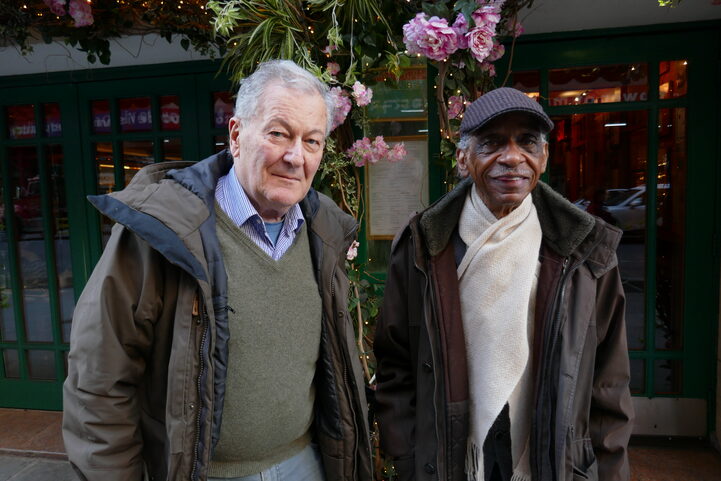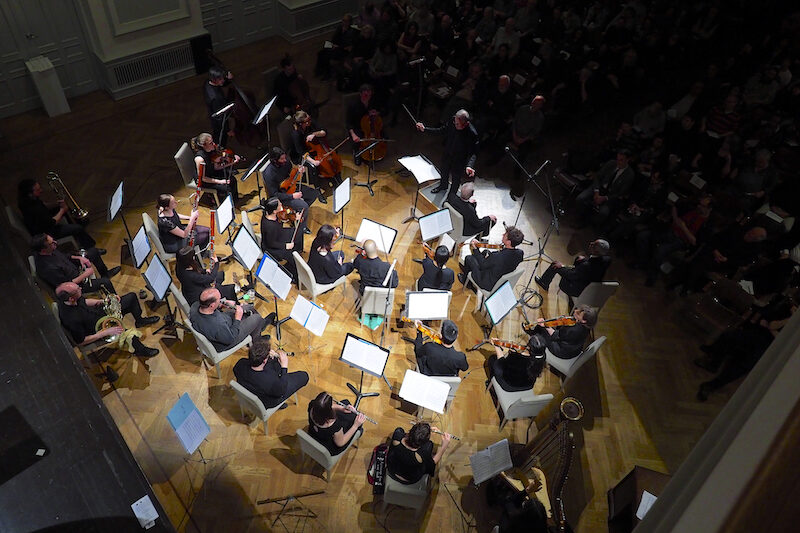
Petr Kotik with Roscoe Mitchell, February 2023
A Statement about Petr Kotik
I’ve observed Petr Kotik personally for the past 48 years. He has been a major force in the new-music world. I first saw him perform in a duo with the late Julius Eastman at Oberlin in 1974, and I was immediately taken with his unusual music and the crisp professionalism. Since then, as conductor of his S.E.M. Ensemble he has been the champion of unjustly neglected composers, whose music didn’t conform to classical-music expectations. Year after year he has continued giving experimental composers the chance to hear their work in a large-ensemble setting, and his performances are meticulously expert. The high, idealistic standards he endlessly speaks about in conversation are manifest in his elegant and exacting performances (and as a flutist as well as a conductor). The Downtown Manhattan scene, which I covered for nineteen years in The Village Voice (New York weekly newspaper), possessed no one else remotely like him.
And yet, my highest admiration is reserved for Kotik’s own music, which has been neglected for the usual reasons that apply to any composer better known for his non-composing activities. I’ve talked to him about it. His compositional techniques are enough to account for his early Gertrude Stein-based epic Many Many Women, which is by now a confirmed classic of the 1970s avant-garde. But those techniques – using graphs and chance – do not account for the vast evolution of his music in the years since. No other Cage-influenced composer has traveled further from Cage’s sound-world, even though the surface of Kotik’s music still displays a certain Zen calm. His half-hour orchestra piece Asymmetric Landing for example, in which soloistic melodies cross and coincide like lines in a Pollock painting, sometimes blending together in seemingly meaningful harmonies, and yet appearing and vanishing almost as though improvised. How does he do it? I have no idea. Every Kotik piece is ambitious, and every one throws out hints of meaning, moments of tonality, that tempt the ear into thinking it can puzzle out his system, and that impression comes and goes elusively. It is some of the most beautiful and enigmatic music I know of by any recent composer.
Kyle Gann
Taylor Hawver and Frances Bortle Hawver Professor of Music
Bard College
December, 2022
